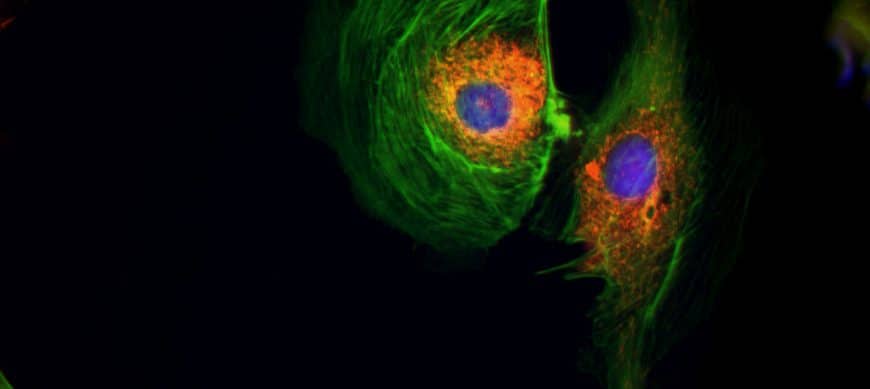A range of medical conditions can be treated by employing cell therapies. In regenerative and transfusion medicine, the process is based on the transplantation of human cells that have the ability to replace and repair damaged cells or establish normal cell function1,2. Stem-cells, fibroblasts various hematopoietic progenitor cells, and T-Cells are just some of the cell types that are commonly used in these applications. Although cell therapeutics is widely used in clinical research, cell production is challenging in this field due to high cell sensitivity. Minor changes in the cell line process may lead to sample loss. Thus, accurate cell count, cell viability and cell monitoring are extremely important in the cell production process for cell therapy applications.
The InCellis smart cell imaging system offers a new solution to address multiple challenges such as accurate cell count and cell viability estimation when aiming for an ideal, optimal cell population, in addition to cell monitoring on a daily basis. The automated applications available on the system not only provide consistent results rapidly but are also easy to use.
Discover more about the InCellis >>
1 : Quinley ED., 2013. Quality and regulatory issues in cell therapy. Transfusion medicine and hemostasis (Second edition), pg. 577-584.
2 : Reich-Slotky et al., 2018. Cellular Therapy. Transfusion medicine, Apheresis, and Hemostasis, pg. 401-421.

